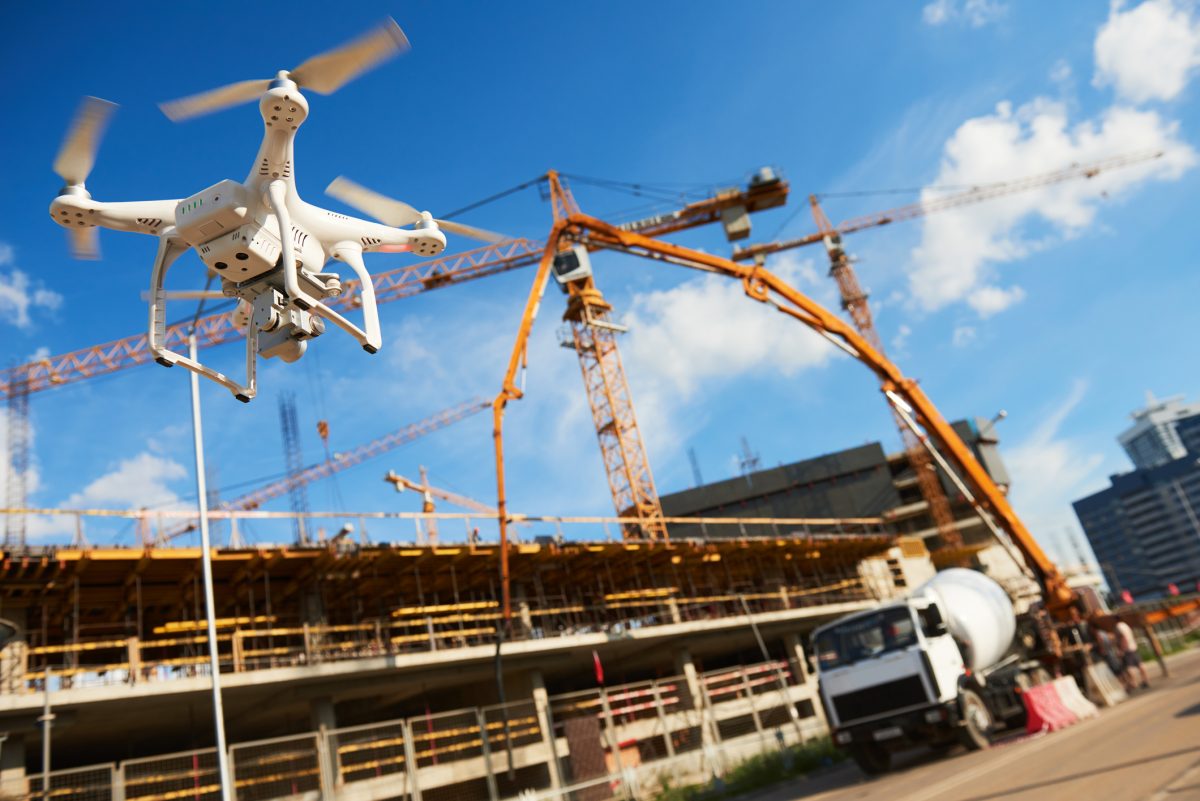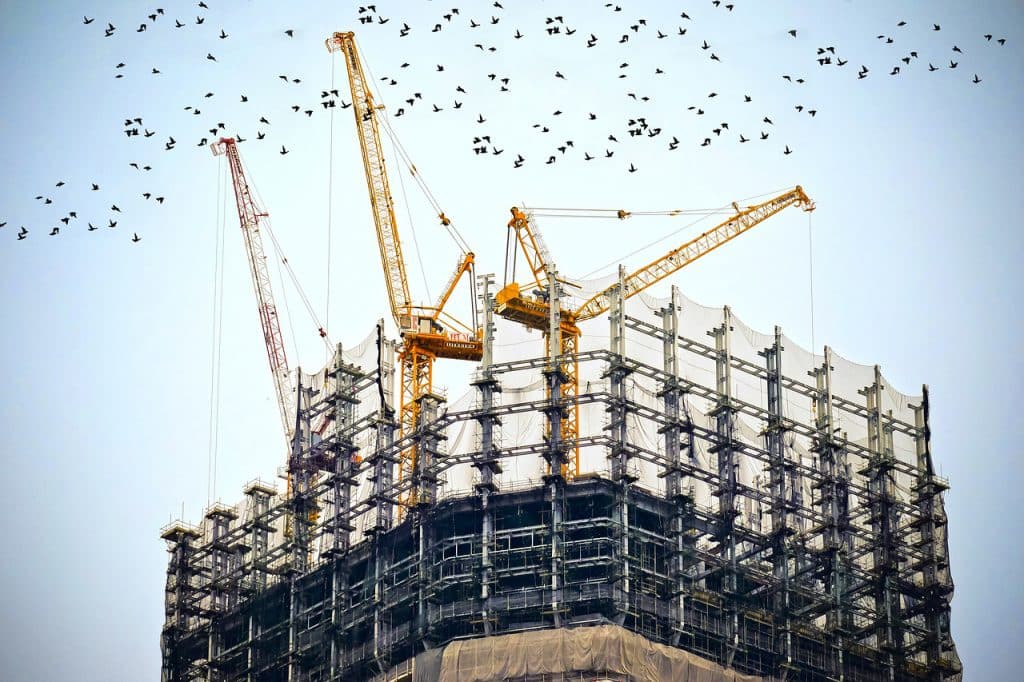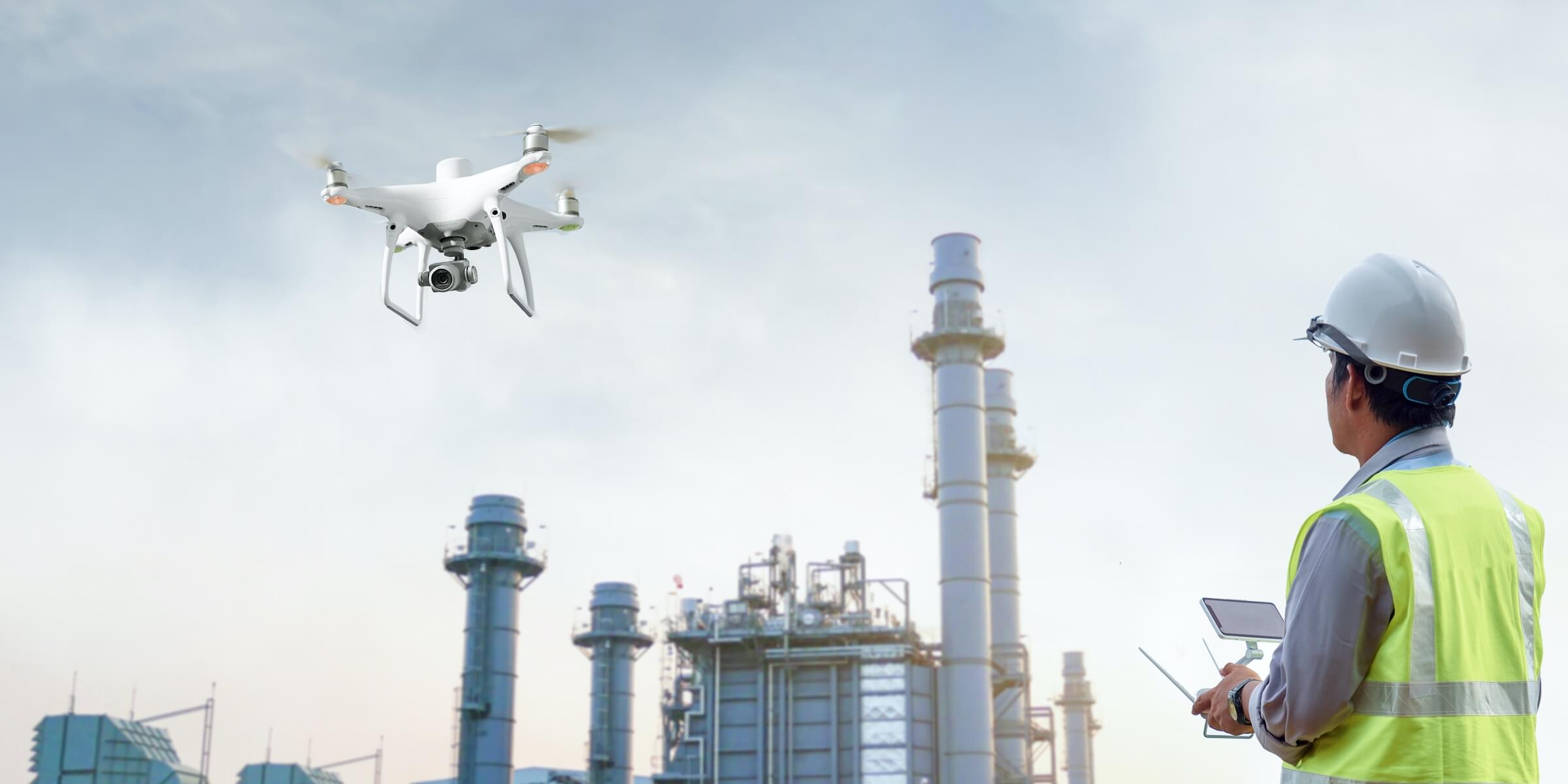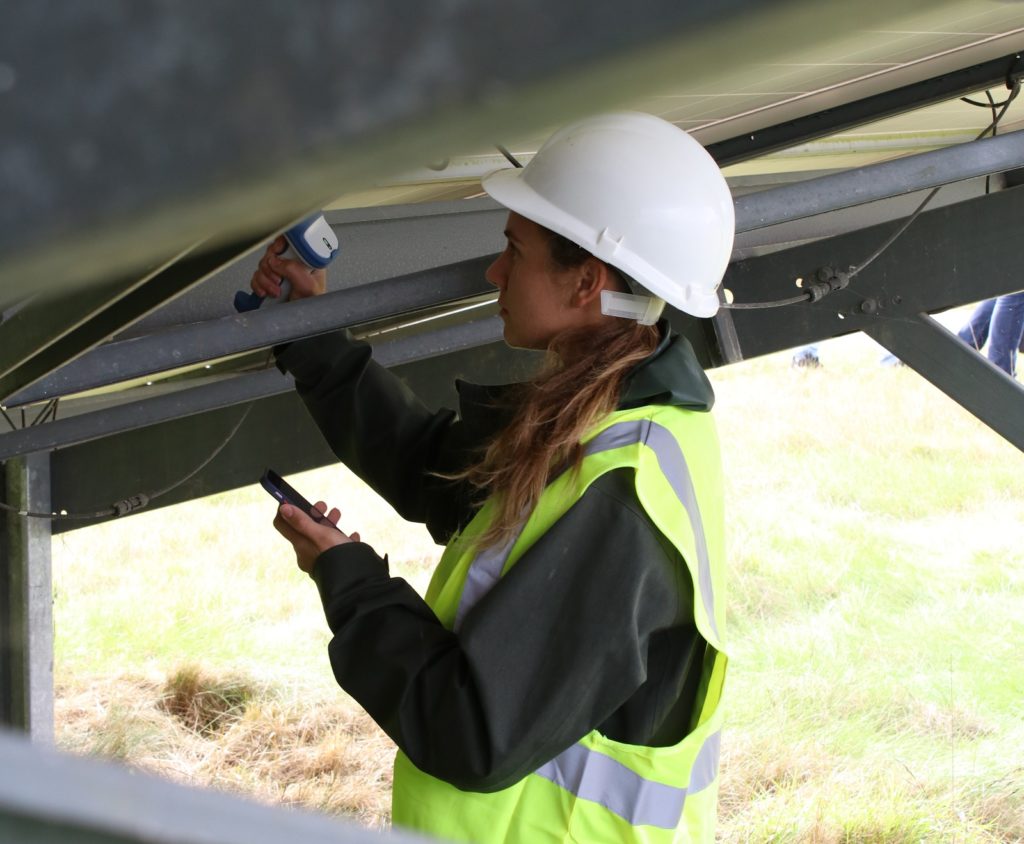Construction Management
Construction management involves overseeing and coordinating various aspects of construction projects, including budgeting, scheduling, and resource allocation, to ensure timely and cost-effective completion while meeting quality and safety standards.
Benefits Of Construction Management
Precision and Accuracy
Drones equipped with advanced technology, such as GPS and GIS, provide highly accurate data for surveying and mapping. This precision contributes to better decision-making during the construction process.
Regulatory Compliance
Drones can assist in compliance with regulations and standards by providing documentation of construction activities. This can be valuable for audits and regulatory reporting.
Environmental Monitoring
Drones can be used to monitor and assess the environmental impact of construction projects. This includes tracking vegetation changes, erosion, and other environmental factors.
Using Drones

Challenges
- Regulatory Compliance:Adhering to regulations and obtaining the necessary permissions for drone flights can be challenging. Regulations often vary between countries and regions, and staying compliant with these rules is crucial to avoid legal issues.
- Safety Concerns: Ensuring the safety of both the drone operators and other on-site personnel is a priority. Drones operating in construction sites need to navigate through potentially hazardous environments, and the risk of collisions with structures, equipment, or personnel is a concern.
- Data Security and Privacy
Drones collect vast amounts of data, including images and videos. Managing and securing this data to protect sensitive information is a significant challenge. Moreover, there are privacy concerns related to capturing images of workers or nearby residents. - Limited Flight Time and Battery Life: Drones typically have limited flight times due to battery constraints. This limitation can impact the coverage of large construction sites, requiring careful planning of flight paths and potentially multiple drone deployments.
- Weather Conditions: Adverse weather conditions such as high winds, rain, or extreme temperatures can affect the performance of drones and compromise data accuracy. Weather-related challenges may limit the time window for drone operations.
- Technical Issues: Drones are complex pieces of technology, and technical malfunctions or software glitches can occur. Ensuring the reliability of drone hardware and software is crucial for uninterrupted construction site monitoring.
- Integration with Existing Systems: Integrating drone data with existing construction management systems can be challenging. Compatibility issues with software, data formats, and communication protocols need to be addressed to ensure seamless data integration.
How Works
- Surveying and Mapping:
Drones equipped with high-resolution cameras and sensors can be used for surveying and mapping construction sites. They capture aerial imagery, creating detailed maps and 3D models of the construction area. This data helps in project planning, design, and land analysis. - Site Inspection and Monitoring:*
Drones provide a cost-effective and efficient way to inspect construction sites regularly. They can monitor construction progress, identify potential issues, and ensure that work is being carried out according to plans. This real-time monitoring helps in decision-making and project management. - Progress Tracking:
Drones capture images or videos at regular intervals, allowing project managers to create a timeline of construction progress. This visual documentation can be valuable for reporting, analysis, and addressing discrepancies in the construction schedule. - Safety Inspections:
Drones can access areas that may be difficult or unsafe for humans to reach. They are used to inspect structures, rooftops, and other elevated locations, reducing the need for manual inspections and enhancing overall safety on the construction site. - Topographical Analysis:
Drones equipped with LiDAR (Light Detection and Ranging) or other surveying technologies can perform topographical analysis, measuring elevation changes and creating detailed contour maps. This information is crucial for designing foundations and drainage systems. - Material Management:
Drones can be used to track and manage construction materials on the site. RFID (Radio-Frequency Identification) or GPS-enabled tags can be attached to materials, and drones can scan and track their location, improving inventory management and reducing the chances of theft or loss.
Explore More Content

Construction management utilizing drones introduces a paradigm shift in project oversight, leveraging advanced aerial technology to enhance efficiency, accuracy, and overall project success. Drones, or Unmanned Aerial Vehicles (UAVs), equipped with high-resolution cameras, sensors, and other specialized tools, play a pivotal role in transforming the way construction projects are monitored and managed.

One of the significant advantages of drone technology in construction management is its ability to improve safety. Drones can be deployed to inspect hard-to-reach or hazardous areas, reducing the need for manual inspections and minimizing risks to on-site personnel. This proactive approach to safety aligns with industry standards and regulations, fostering a secure working environment.

Data collected by drones is processed using specialized software to create detailed maps, 3D models, and point clouds. This data can be integrated into Building Information Modeling (BIM) systems, enhancing collaboration among project stakeholders and supporting more informed decision-making.

The process begins with mission planning, where construction managers define the objectives of drone deployment. These objectives may include real-time monitoring of construction progress, conducting inspections, assessing safety conditions, or obtaining aerial surveys for better project planning.